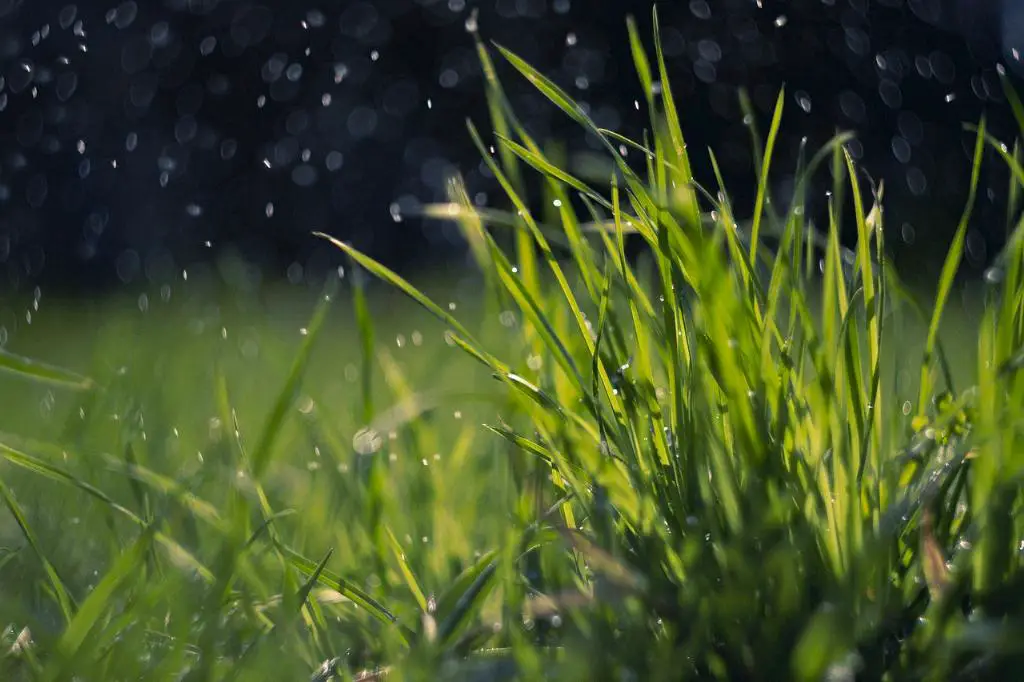When it comes to maintaining a lush and healthy lawn, dethatching is a crucial task that should not be overlooked. Dethatching helps to remove dead grass, roots, and other debris that can prevent water, nutrients, and air from reaching the grass roots. But the question remains, when is the best time to dethatch your lawn?
Consider Your Grass Type
The timing of dethatching largely depends on the type of grass you have in your lawn. For cool-season grasses such as Kentucky bluegrass, fescue, and ryegrass, the best time to dethatch is in early spring or early fall. This is when these grasses are actively growing and the soil is moderately moist, making it easier to effectively remove thatch.
Timing for Warm-Season Grasses
On the other hand, if you have warm-season grasses like Bermuda grass, Zoysia grass, or St. Augustine grass, the ideal time to dethatch is in late spring through early summer, typically after the second mowing of the season. During this period, warm-season grasses are in their peak growth phase, which makes it the perfect time to dethatch.
Observe the Growth of Your Grass
One of the key indicators that it’s time to dethatch your lawn is the growth pattern of your grass. If you notice a build-up of thatch, which appears as a thick layer of dead grass, roots, and debris between the soil and the green grass blades, it’s time to take action.
Assess Soil Moisture Levels
Another important factor to consider is the moisture level of the soil. Dethatching is most effective when the soil is moderately moist, as it helps the thatch to loosen and makes it easier to remove. Avoid dethatching when the soil is too dry or too wet, as it can be less effective and potentially harm your grass.
Check the Weather Forecast
Before dethatching your lawn, be sure to check the weather forecast. Ideally, choose a day when there is no rain in the forecast for at least 24 hours following dethatching. This allows the thatch to dry out and prevents the risk of damaging your lawn in case of heavy rainfall.
Prepare Your Lawn
Prior to dethatching, it’s important to prepare your lawn by mowing it at a slightly lower height than usual. This helps to expose the thatch and makes it easier to remove. Additionally, water your lawn a day or two before dethatching to ensure the soil is adequately moist.
Choose the Right Tools
When dethatching your lawn, you have a couple of options for tools, including a dethatching rake, a power dethatcher, or a lawn mower with a dethatching attachment. The choice of tool largely depends on the size of your lawn and the amount of thatch that needs to be removed.
Proper Dethatching Technique
When dethatching, it’s important to work methodically and systematically across your lawn, making multiple passes in different directions to ensure thorough thatch removal. Be sure not to remove more than one-third of the grass blades during the process to avoid damaging your lawn.
Post-Dethatching Care
After dethatching, it’s essential to properly care for your lawn to promote recovery and healthy growth. Water your lawn thoroughly to help it recover from the stress of dethatching, and consider overseeding if needed to fill in any bare patches created during the process.
Maintain a Regular Dethatching Schedule
To keep your lawn in optimal condition, it’s recommended to dethatch on a regular basis, typically every 1-3 years depending on the build-up of thatch. By staying proactive with dethatching, you can ensure that your lawn remains healthy, vibrant, and free from thatch-related issues.
Conclusion
In conclusion, the best time to dethatch your lawn varies based on the type of grass you have, soil moisture levels, and the growth pattern of your grass. By following the recommended timing and proper dethatching techniques, you can promote the overall health and beauty of your lawn, ensuring that it thrives throughout the growing season.

